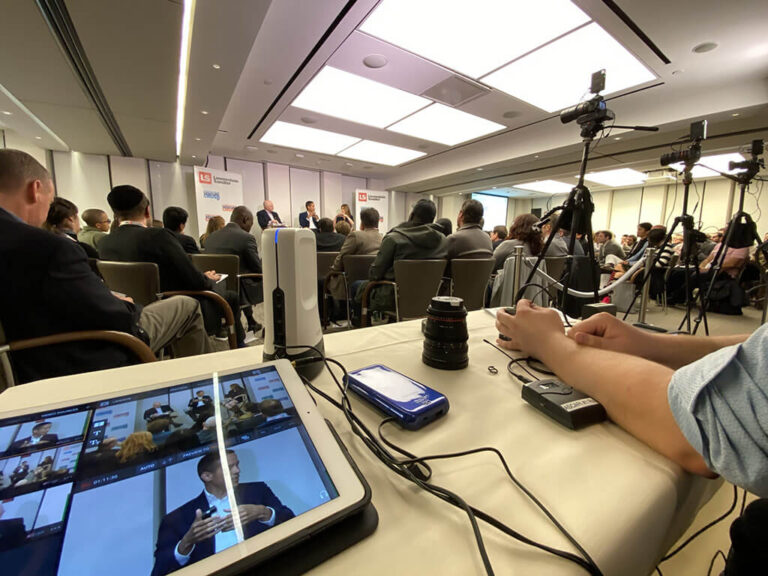Investigating the Benefits and Disadvantages of Static Frame and Mobile Display Screens for All Viewing Occasion
Investigating the Benefits and Disadvantages of Static Frame and Mobile Display Screens for All Viewing Occasion
Blog Article
As it pertains to experiencing movies, displays, or gaming, the kind of projecting screen utilized can greatly influence the watching experience. Two popular choices are fixed frame screens and mobile projection displays. Both type has its unique collection of advantages and drawbacks that can influence which option is best for a specific situation. Comprehending these differences can assist people and organizations make knowledgeable choices about their viewing arrangements.
Fixed frame projection displays are crafted to be constantly installed in a particular location. One of the main advantages of stationary displays is their capability to provide a smooth, flat surface for displaying pictures. This evenness guarantees that the picture quality is crisp and distinct, which is particularly crucial for high-definition material. Additionally, fixed frame screens often come with a dark frame that enhances contrast and makes the projected image pop more. This kind of display is ideal for home theaters or specific presentation rooms where the setup will not change frequently.
On the other hand, mobile projecting displays provide versatility and ease of use. These displays can be readily assembled and taken down, making them perfect for occasions that demand movement, such as meetings, educational settings, or al fresco film screenings. Mobile displays are available in various sizes and styles, including stand and foldable choices, allowing individuals to select an option that meets their requirements. The ability to transport these displays makes them a popular choice for people who need to present in different places or for those who do not have a permanent area for a stationary display.
Nonetheless, there are some limitations to each kinds of displays. Fixed frame displays can be more expensive and require professional installation, which may not be practical for all. Additionally, after mounted, they cannot be relocated with ease, restricting their application to one place. In contrast, mobile displays may not offer the equivalent degree of picture clarity as fixed frame displays. They can occasionally have creases or bends that impact the display, particularly if they are not configured correctly. This can be a worry for those who value image clarity over ease of use.
An additional consideration to take into account is the area accessible for the display. Stationary displays need a dedicated area with enough wall space and suitable lighting conditions to optimize the watching experience. This click here for info can be a constraint for those living in compact houses or apartments. Portable screens, however, can be used in multiple settings, from spacious theaters to small living rooms. This versatility makes them a practical option for numerous individuals, particularly those who may not have a fixed configuration.
To sum up, both fixed frame and portable projecting displays have their distinct benefits and disadvantages. Stationary displays shine in providing high-quality images and a professional appearance, making them suitable for specific watching areas. On the flip side, portable screens offer flexibility and convenience, making them perfect for mobile presentations and events. By weighing the advantages and drawbacks of each type, people and entities can select the projecting display that best fits their specific requirements and improves their watching encounter.